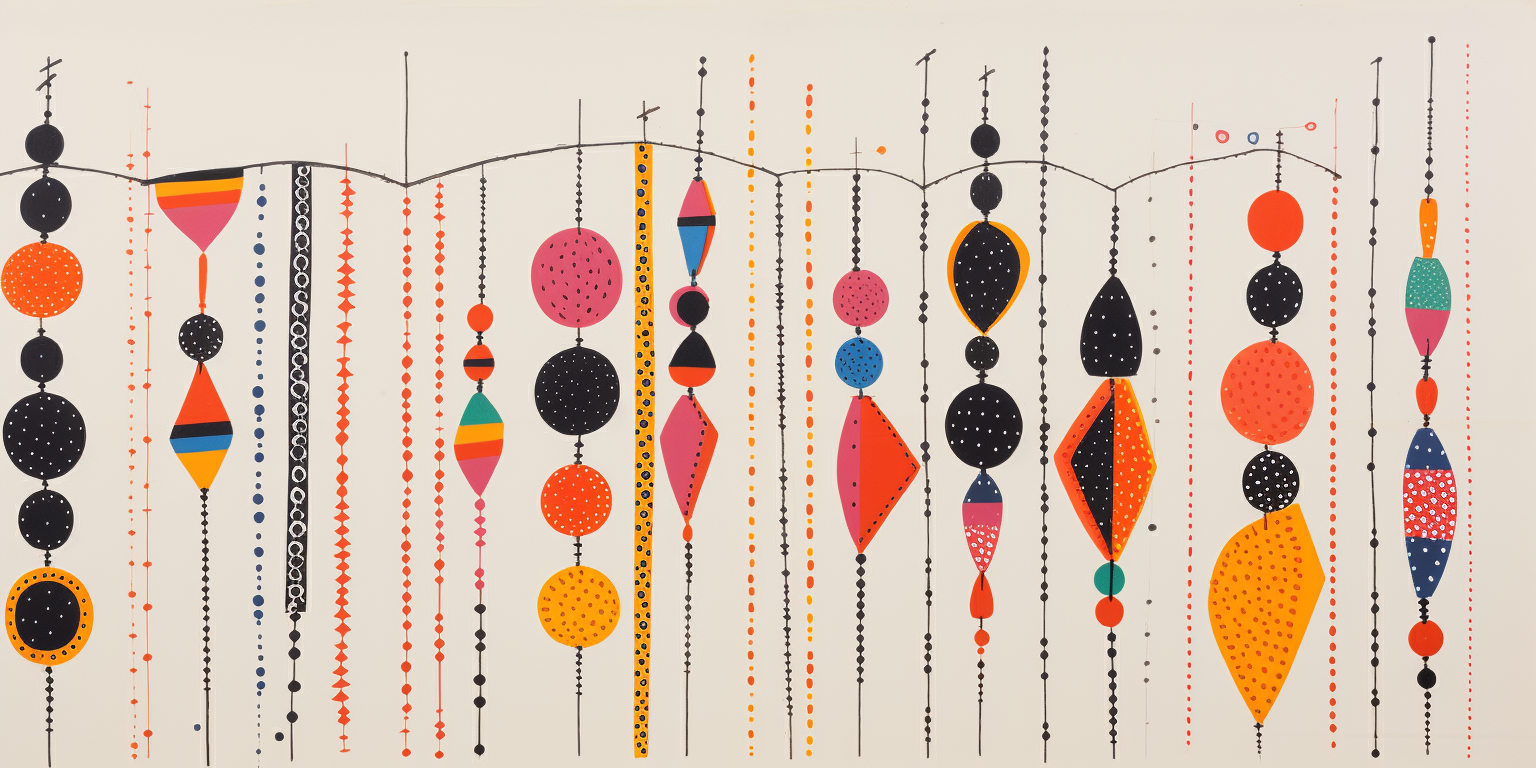Vellikkian (Vell-eek-ian)
Basic Information
Anatomy
Vellikkians are humanoid species, with two arms, two legs and one head. Their skin is semi-reptillian made up of soft scales which are indiscernible to the naked eye, but allow them to change the colour of their skin at will. The changing colours is an evolutionary adaptation to allow them to control body temperature; their skin getting darker when they need to retain heat and absorb more from their surroundings, and lighter shades when they need to cool down.
Genetics and Reproduction
Vellikkians are born with both male and female genitalia, and are a hermaphroditic species. They are able to reproduce both with a partner or on their own. If with a partner, either is able to take the male or female role, although this terminology is foreign to them. Instead, they see it as choosing whether to carry any potential children or not.
Growth Rate & Stages
Vellikkians live on average 70 - 80 years, although some live longer. They are considered children from birth until they are fifteen years old at which point they are expected to choose a path to follow and train in. They are still not considered an adult until they reach their early twenties, by which time they will have settled into a path and, if they have chosen Bearer, they may progress from a Bringer to a Bearer or a Gifter and be an active participant in the reproduction process, if they choose to.
Behaviour
As Vellikkians are simultaneous hermaphrodites, they don't use male or female pronouns or understand gender and sexuality in the same way that others might. Instead, any innate sense of gender or sexuality is considered inconsequential to who the person is, and not something which is of interest to anyone else.
Additional Information
Perception and Sensory Capabilities
Due to their adaptive skin colours, they have developed a non-verbal form of communication called Colour Flashes. These colour flashes appear across a person's face and can be used to add an additional layer to any verbal communication which might be taking place, or can be used as a replacement for verbal communication entirely.
Geographic Distribution
Related Organizations
Related Ethnicities
Related Myths
- Birth of Storytellers
- Return of the Great Spirit
- Sky Full Of Worlds
- Song of Words
- Story of the First Bearers
- Story of the First Ruler
- Story of the Grifters
- The Great Flood
- The Lassals' Path
- The Lost Words
- What Happens After The End
- Where The Spirits Come From
- Where the Wranglers Came From
- Why Providers Provide


I love how you sort of took chameleon coloration and reversed it--instead of colors changing because they body changes temperature, the colors change because to keep the body at a steady temperature. This also feels like a very appropriate change going from reptile to mammal.
Thank you! I liked the idea of a species which changes colours, and looking at the ways the human body tries to maintain a body temperature, this made sense. I really appreciate the feedback.